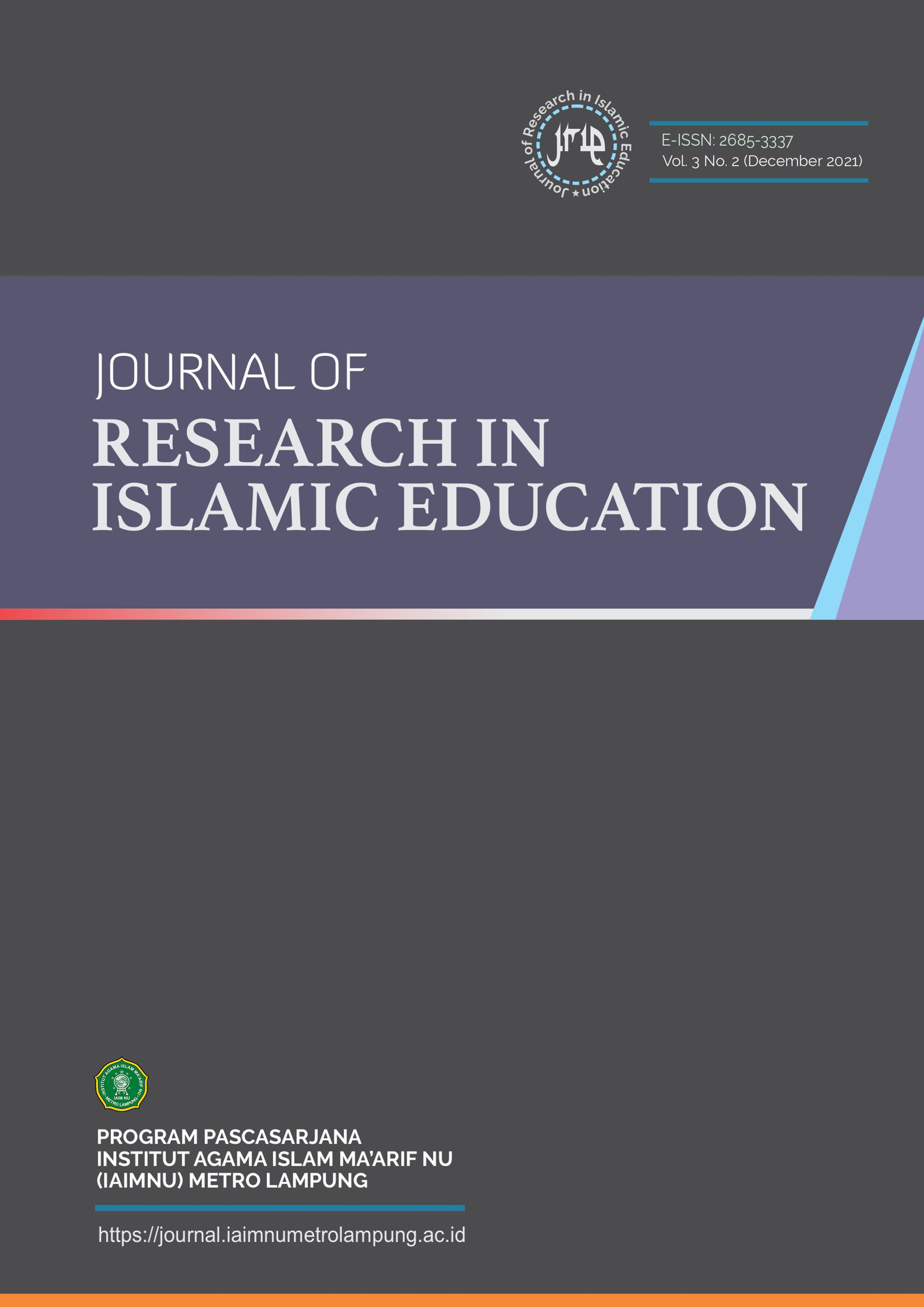Implementation of Inclusive Education Management in Elementary Schools
DOI:
https://doi.org/10.25217/jrie.v7i1.6194Keywords:
Management, Inclusive Education, Elementary SchoolAbstract
Every child or student has the right to an equal education in a conducive educational environment. However, the reality is that many factors do not support the implementation of this right, especially in the management of inclusive education related to children or students with special needs (ABK) who have physical, mental, social, or emotional differences that inevitably affect their learning methods and therefore require different treatment in accordance with their needs. Therefore, a deep understanding of the management and implementation of effective inclusive education is necessary, along with an awareness of the barriers and enablers for the implementation of inclusive education management in elementary schools. Based on the results of text reviews and relevant research, data analysis began by classifying the collected data according to the issues being studied, then analyzing it using content analysis. The results of the analysis and interpretation of the data were then summarized. The research results indicate that inclusive education management in elementary schools needs to be implemented optimally, in accordance with the management functions at each stage of its implementation, starting from planning, organizing/managing, implementing, and evaluating. The supporting factors include the commitment of the government, schools, and the community to implement effective inclusive education. The inhibiting factors are: the lack of Special Education Teachers (GPK) in elementary schools; a curriculum that is not yet relevant/appropriate for the needs of inclusive education; and limitations in facilities and infrastructure that support inclusive education services.
References
Direktorat Pembinaan Sekolah Luar Biasa. “Pedoman umum penyelenggaraan pendidikan insklusif.” Departement Pendidikan Nasional, no. 70 (2011): 1–36.
Farah, Arriani, Agustiyawati, Alifia Rizki, Ranti Widiyanti, Slamet Wibowo, Christina Tulalessy, Fera Herawati, dan Theresia Maryanti. “Panduan Pendidikan Inklusif.” Kepala Pusat Kurikulum dan Pembelajaran Badan Standar, Kurikulum, dan Asesmen Pendidikan Kementerian Pendidikan Kementerian Pendidikan, Kebudayaan, Riset, dan Teknologi,
Hidayat, R. S., Hernisawati, H., & Abrori, M. S. (2024). Penerapan Media Audio Visual untuk Meningkatkan Hasil Belajar Siswa Kelas VII pada Pembelajaran PAI di SMP Al-Hikam Sendang Mulyo. Berkala Ilmiah Pendidikan, 4(2), 266-273.
Kemenkopmk. “Bidang Pembangunan Manusia dan Kebudayaan Republik Indonesia.” Siaran Pers Nomor: 16/HUMAS PMK/I/2022, no. 2021 (2022): 2.
Sugiyono. Metode Penelitian Pendidikan (Pendekatan Kuantitatif, Kualitatif, dan R&D). Bandung: Alfabeta, 2012.
Wijaya, David. Manajemen Pendidikan Inklusif Sekolah Dasar. 1 ed. Jakarta: Prenadamedia Grup, 2019.
Downloads
Published
How to Cite
Issue
Section
License

This work is licensed under a Creative Commons Attribution-ShareAlike 4.0 International License.




